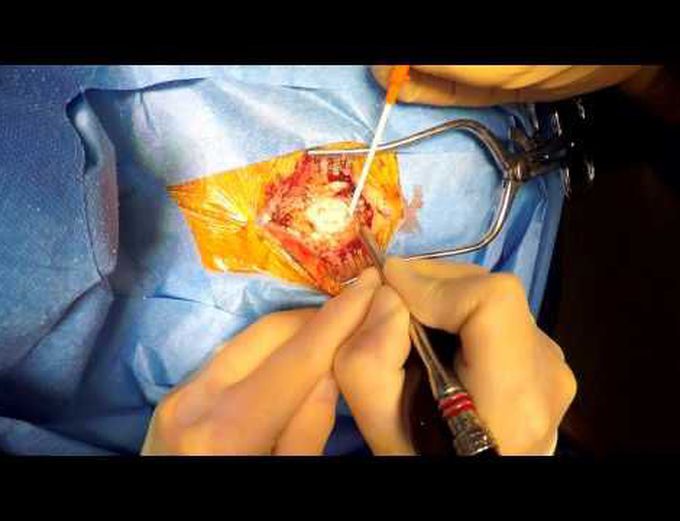


Brainbook case 5: A serious case of toothache
Trigeminal neuralgia ("trigeminal nerve pain") happens when the trigeminal nerve, which is responsible for sensation to your face is compressed at the point where it leaves your brain stem. The brain stem is what connects your brain to your spinal cord and it is where the "cranial nerves" come from. These cranial nerves are responsible for a variety of functions including movement of the muscles of your face and neck, sensation in your face and tongue, taste and sight amongst other things. When the trigeminal nerve is compressed, it tends to be by a small blood vessel that pushes up against it over time. The role of the neurosurgeon is to get to the trigeminal nerve root safely and place teflon between it and the offending blood vessel. This often achieves a 90% cure rate. The success of this operation is determined by how well the surgeon sets the operation up, from how they are lying, to the angle of the head and the place where the surgeon will enter the skull. The point where they need to enter to access the nerve is very close to major veins that drain blood away from the brain. Ploughing into one of these draining veins could end in catastrophic results!

